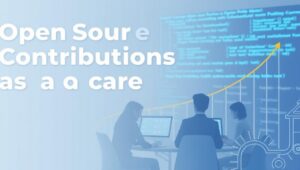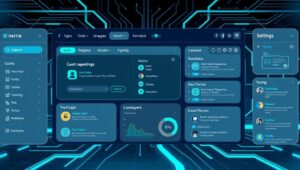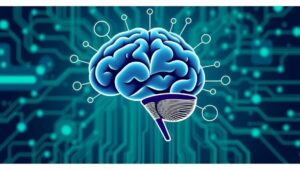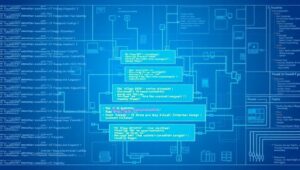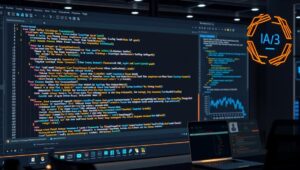May 29, 2025
Open Source Contributions as a Career Path (2025)
Open Source Contributions as a Career Path (2025) The landscape of careers is constantly evolving, and one increasingly viable path is building a career through contributions to open-source projects. In 2025, the demand for skilled developers and engineers familiar with open-source technologies continues to surge. This article explores how you can leverage open-source contributions to forge a successful career. What is Open Source? Open source refers to software or projects where the source code is publicly available. This allows anyone to view, modify, and distribute the code. Popular examples include Linux, Apache, and Mozilla Firefox. Contributing to these projects means
